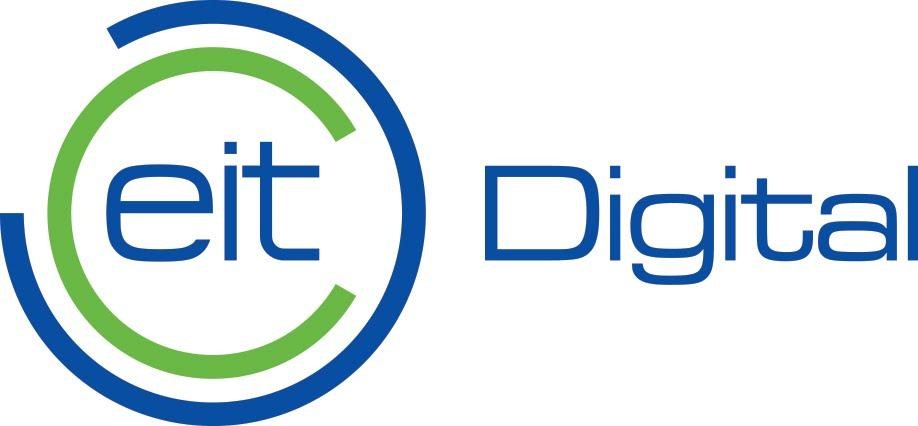
Property developers, building owners and facilities managers all appreciate knowing in advance how buildings perform. Well-designed spaces and smooth people flows translate into better user experiences, higher rents and faster ROIs.
However, it can be difficult to strike the right balance between higher occupancy rates – and better income – and efficiency. A building that holds the maximum amount of people might be attractive financially but can easily result in bottlenecks such as queues.
A digital replica of the premises could be the answer. Virtual Building Service, an innovation activity promoted by EIT Digital as part of its Digital Industry Action Line, will make it easier for developers, owners and architects to use realistic digital simulation to test and optimise people flow and building occupancy. KONE and IBM are both partners in the initiative, with the former acting both as business owner and activity leader.
The simulator will be a new feature that enhances KONE’s People Flow consultancy and planning service. Simulation data will be collected in real time by sensors or, in the case of a new facility, from previous studies and knowledge gathering.
“Our simulation capability is much improved. We can, for example, simulate people flow in the lobby of an office building; understand how that might look along with the waiting times for the elevators,” says KONE’s Head of People Flow Optimisation Juha-Matti Kuusinen. “Not only can we calculate a building’s efficiency, but we can also benchmark it with similar buildings and conclude if the building is performing very well or if there’s room for improvement.”
Traditionally KONE, one of the largest elevator and escalator manufacturers worldwide, has focused on vertical efficiency, i.e. people moving from floor to floor.
“We realised, however, that if you don’t design end-to-end people flow, including the horizontal people flow, it is difficult for our customers to judge whether their buildings are really efficient. This is why we started to explore the optimisation of the total people flow, combining both the horizontal and vertical dimensions,” Kuusinen says.
Tarmo Kekki, of IBM, sees the simulator as a fresh way to visualise and improve people’s experience in high rise buildings.
The simulation capability will develop over time. The goal for 2018 is to add new features to the simulator for people flow planning and consulting. Later on, the simulator will be connected to sensors providing real-time data about the building’s condition, therefore creating a proper “digital twin” against which to compare the real-life version. This will allow KONE to test new services that will be offered across the building’s lifecycle.
